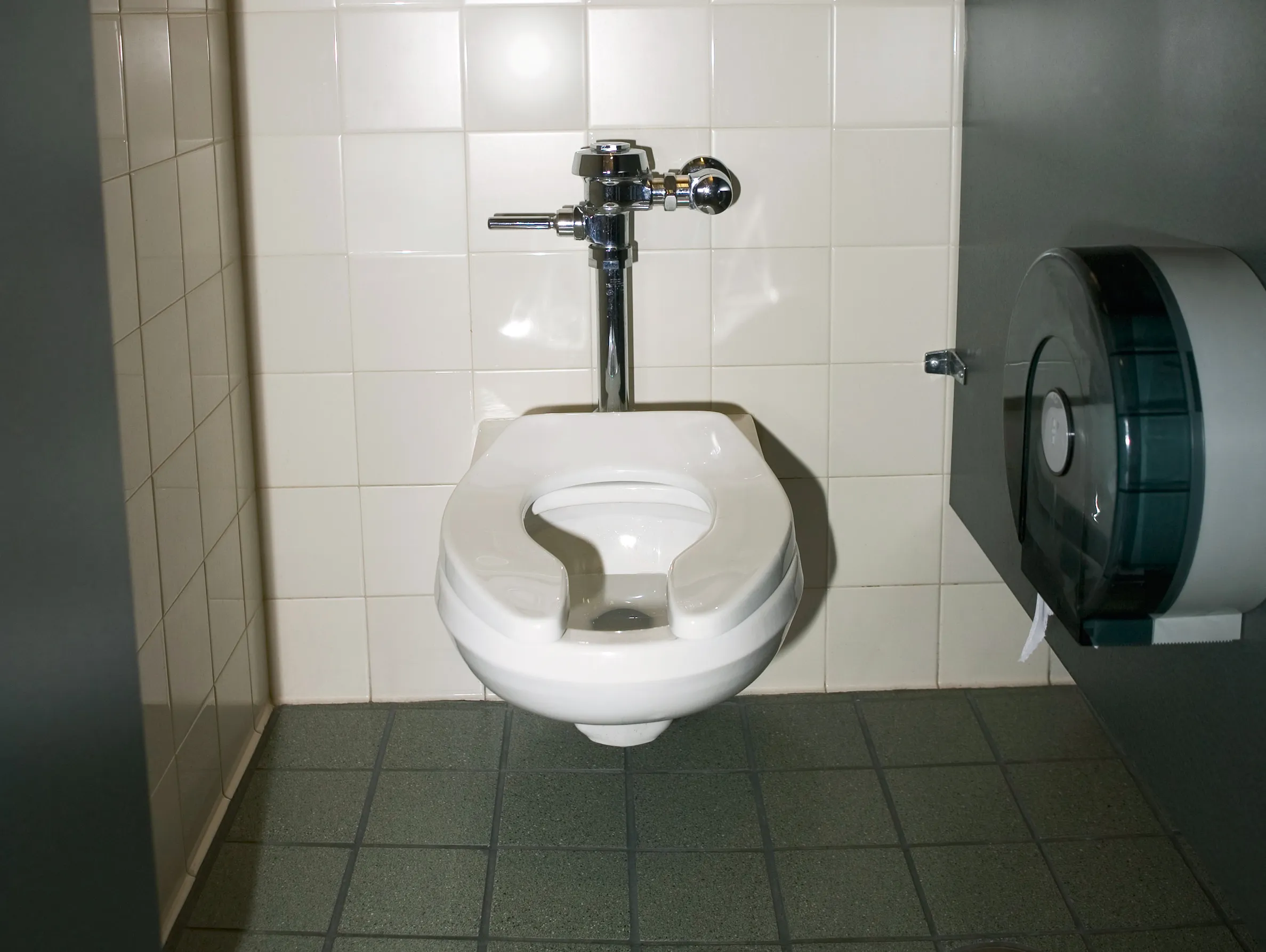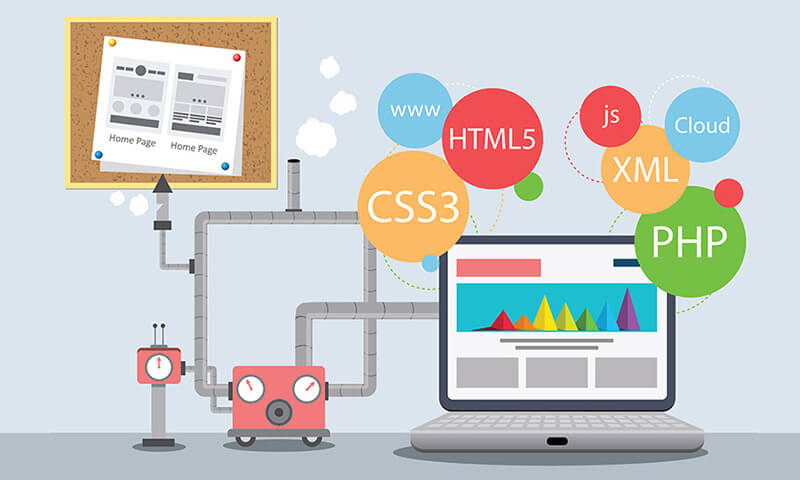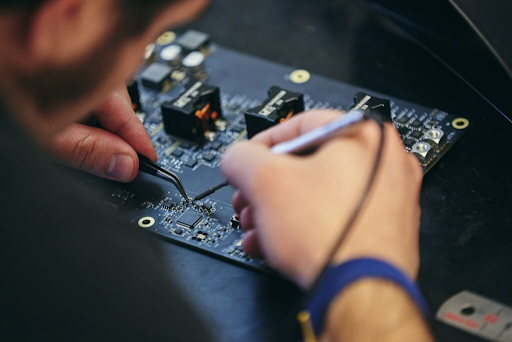The broad coronavirus epidemic highlights the need to always practice good personal hygiene. Given that the present hygiene restrictions are predicted to continue for at least some time until the end of the pandemic, there is little space for dispute on this matter.
As a result, it is crucial for organizations to identify practices that both enhance tidiness and protect the health of those who work or live there.
Building service contractors (BSCs) and facility managers are under a lot of pressure to provide cleaning and maintenance solutions to help their clients succeed.
The growth of the Internet of Things–enabled light bathroom technologies has made it feasible for data-driven organizations to swiftly and inexpensively access smart restroom technology solutions. The installation of state-of-the-art plumbing systems might potentially alleviate all of these issues.
Modern plumbing systems may be a good investment for businesses
Improved hygiene and sanitation
The introduction of creative bathroom solutions and smart restroom technology has the potential to boost the degree of sanitation experienced by users as well as cleaners. Intelligent systems ensure that there will always be enough soap, hand sanitiser, and paper towels for people to properly wash their hands, dry them, and disinfect them. This technology keeps tabs on stock levels and sends warnings to the right people when they go low. Carefully washing, drying, and disinfecting your hands may help you achieve a high degree of cleanliness.
Since they won’t have to keep an eye on the toilet paper stock as closely, cleaning crews will have more time to focus on other areas that need sanitizing. To prevent the spread of disease, it is essential that touchpoints in public toilets, such as doorknobs, faucet handles, and tissue dispensers, be routinely cleaned and disinfected.
Continuity of service over extended periods is been improved
A wide variety of items, it has been increasingly apparent in the past two decades, contribute to environmental damage. Consequently, there has been an increase in the amount of worry about the depletion of the Earth’s natural resources. In response, several businesses have implemented environmentally friendly practices company-wide.
It’s possible that the technological advances made in “smart” loos may improve both sanitary and eco-friendly practices. In commercial settings, introducing technology that tells caretakers when dispensers need to be refreshed could lower wasted product quantity. Businesses may save money and water by inspecting the functionality of all sink and toilet fixtures and fixing any leaks or drips they uncover.
Better clarity and ergonomics for the user
Finding a bathroom with a sufficient quantity of clean sinks, urinals, toilets, paper towels, soap, and sanitizing wipes is simple. Because of the direct correlation between a facility’s cleanliness, maintenance, and operation and the quality of the user experience, it is essential that new solutions be developed for restrooms like smart restroom technology.
Consumers might find it easier to relax about the risk of product failures now that solutions contain sensors and monitoring capabilities. In addition, they assist businesses in fixing water leaks, blockages, and broken flush valves as soon as possible.
Managers of public spaces might survey customers to gauge their satisfaction with the facilities by asking them direct questions. Because of technologies that enable building managers to obtain user data in real-time, maintenance personnel may be contacted swiftly if an issue occurs.
The team’s spirits are on the upswing again
The facility’s staff is likely overtaxed and exhausted. Since the coronavirus outbreak became well recognized, facility managers, BSCs, and custodians have dedicated many resources towards reducing its consequences.
Employees in the cleaning department may then be closely monitored to ensure they are carrying out their duties as expected. Cleanliness and sanitation checklists may be handwritten and updated as needed. Because of the growing frequency with which they clean a range of places, the to-do lists of some persons have grown considerably.










Leave a Reply